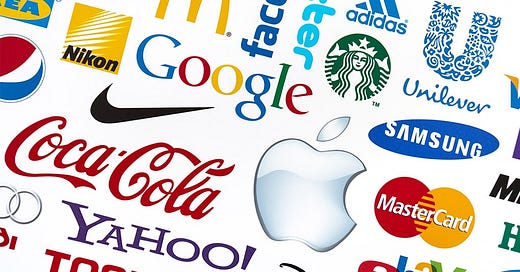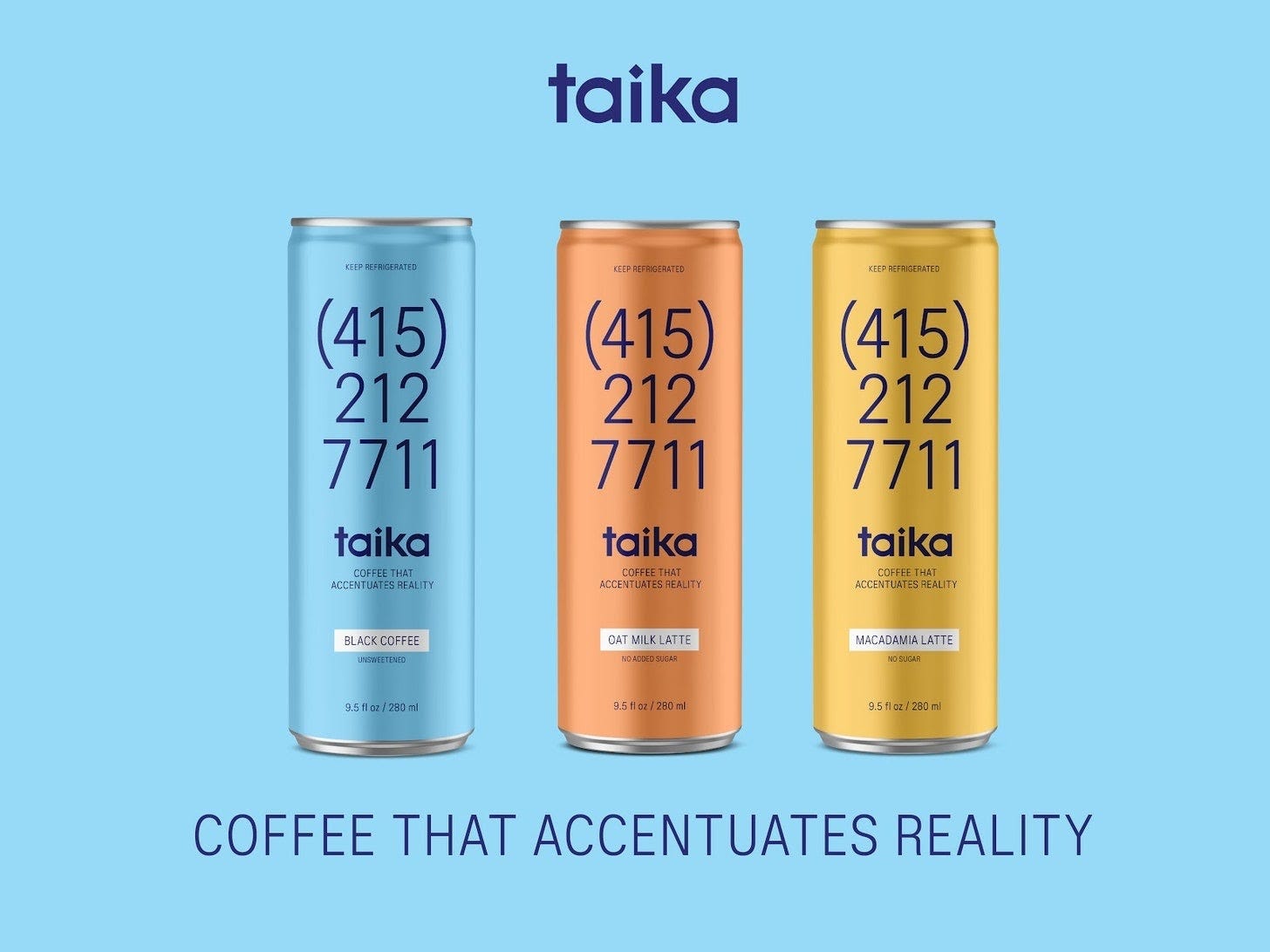Martin Bihl (MB) wrote this piece back in 2002. I first ran into it around 2006 as I was researching a presentation about the link between brand and utility. It not only inspired me to make Brand Tags, which was an experiment in brand perception, but it has also shaped my thinking about how marketing works since that first read. Instead of just linking off to it, I decided to ask Martin if he’d mind me running in it full (with an added WITI break) and he graciously agreed. If you want more of Martin’s writing you can find him over at The Agency Review.
Martin here. The arguments between advertising agencies and clients are legendary, but they beg the question: Who’s really in charge here? I’ve worked at agencies where the clients were in charge because they paid the bills. I’ve worked with some clients who told me my job was to tell them what to do and others who told me to shut up and make the logo bigger. So who’s in charge?
This question came into sharp focus for me recently during a discussion with a smart friend who happens to be a brand manager. We were discussing how to market two products in his portfolio. One had over 100 years of history behind it and was a household name. The other didn’t even exist a year ago.
Talking about the newer product, I said, “The issue facing this brand is …” when he interrupted me.
“I’ve only got one brand,” he said. “The one that’s been around for 100 years. The other isn’t a brand yet.”
I was confused, so he went on. “The way I look at it, a brand only exists in the consumer’s mind. That other product isn’t a brand yet because consumers don’t really know about it. It’s still a product.”
This idea ran contrary to almost everything I’d ever thought about brands. I had thought product was brand, no matter how small, how obscure, how bad the advertising. If it was out on the shelves, it was a brand.
Why is this interesting?
What I realized is that this idea may have been true in the past, when product, brand and need (or, said another way, “the consumer”) were all neatly aligned. But it’s not true now. Now they are three distinct entities. And as such, each requires its own champion.
Now, consider the product. Who is the expert on the product? Who spends all their time thinking about how it is made, if the distributors are happy about it, if the sales people understand it, if the factory is going to make enough of it this month, if the quality is going to be up to snuff, if corporate is going to kill it in favor of another product? The client, right?
Now, who spends all their time immersed in the culture of consumers but also standing apart from that culture in an effort to observe it, analyze it, understand it, predict it? Who knows what the trends are, what the motivators are, what’s cool for whom, when and how? And who can use that weird double sight to create instinctual insights that resonate with millions of consumers everywhere? The agency, right?
And the brand? The brand is where the client and agency meet. The client comes at the brand from the perspective of the product, and the agency comes at it from the perspective of the consumer. And while overlap is good—smart clients should think about consumers, and smart agencies should understand their products—the strength of the brand will lie in the intelligent resolution of their differing perspectives.
Perhaps the most important thing about this idea is that it gives shape to the discourse between agencies and clients over strategy, planning, equity, direction and that mother of all flash points, creative. Each knows what their role is. Each knows what they bring to the table. And each knows who they really work for.
They work for the brand. (MB)
____
Partner Post: WITI x Taika
WITI x Taika
Back when we first mentioned them, our WITI readership gave us a big thumbs up for the new DTC brand Taika. It’s a canned cold brew coffee with adaptogens that smooth out the jagged, jittery feeling into clean-burning energy. The flavor profile has been handcrafted by a world top 10 barista champion, and they used ethically sourced beans from Colombia and Ethiopia. We’ve consumed a few cases of this stuff and confirm the taste is amazing. Plus, there’s no added sugar and the drink fits nicely into a variety of healthy lifestyles (keto, paleo, etc). It’s also easier to procure! Previously only available by courier in NYC, LA, and SF, they just launched nationwide shipping. WITI readers get free shipping on all Taika products, via this link. Go buy some!
___
Quick Links:
Cause and Effect: Do Prescription Drug Ads Really Work? (NRB)
99% Invisible on The Real Book (thx Tom) (NRB)
Talking about papaya salad (CJN)
Thanks for reading,
Noah (NRB) & Colin (CJN) & Martin (MB)
—
Why is this interesting? is a daily email from Noah Brier & Colin Nagy (and friends!) about interesting things. If you’ve enjoyed this edition, please consider forwarding it to a friend. If you’re reading it for the first time, consider subscribing (it’s free!).





The exciting thing at the moment is we are in one of 'zones of renewal' that sit between the maturity of one life cycle of products and businesses and the emergence of another. And to paraphrase MB; 'Some brands may soon no longer be in business while some businesses may soon become brands'.
Interesting topic and one that’s been around for years.
I used to do a training session on brand vs product and used a simple example to help illustrate this. Envision this, I filled five clear glasses with different beer products. No one could see the cans from which the fluid came from. I had people taste test these products and provide me with their thoughts on the brand. Most could not do it. I then shared the beer cans the fluid came from and asked what that meant to them and, as you might guess, people had all kinds of comments about the brand ... "I like this beer but have never liked the brand" or "I love this brand but the beer not so much."